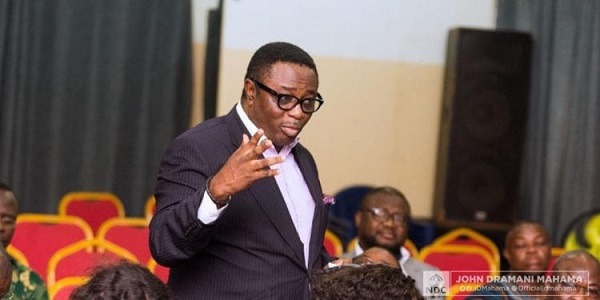Energy science for sustainability | Stanford Doerr School of Sustainability
Global energy systems have undergone major changes over the past 25 years as solar and wind capacity expanded, solar and battery costs fell, and more people gained access to electricity and cleaner cooking fuels. The U.S. shale gas boom hastened coal’s decline, and the 2015 Paris Agreement and national net-zero pledges made decarbonization a policy imperative around the world.
Stanford researchers are now asking how energy scientists and engineers can help inform smart energy decisions over the next quarter century.
“In that time frame, there’s going to be big changes to the way people live,” said geothermal energy expert Roland Horne, a professor of energy science and engineering in the Stanford Doerr School of Sustainability, noting that California aims to generate 100% of its electricity from renewable sources by 2045 and end sales of gas-powered cars by 2030. Globally, the United Nations’ Sustainable Development Goals call for universal access to clean power and cooking by 2035 to protect our climate and human health.
“Your average consumer doesn’t really understand how hard this proposition really is,” said energy science and engineering professor Tony Kovsceck, who studies the physics and chemistry of underground fluid flow.
In the following Q&A, Horne and Kovscek explain some background about their evolving field of energy science and engineering and emerging challenges and opportunities.

When we’re looking at Earth’s subsurface, the principal characteristic is its massively sparse datasets. In cubic kilometers of rock, you’ve got maybe three measurements, and you’re trying to figure out what’s down there. So, taking data and making sense of it is something that machine learning has proven quite good at over the past 15 years. Almost all of our students, if you look at any PhD thesis in Energy Science & Engineering, they’ve all got a neural network in their research somewhere.
We now have more data than a human being can really think about, which we didn’t use to have. You might still have only three geothermal wells, but they might be measuring 20 different variables each second. Over a couple years, you’ve got a few terabytes of data and you’ll need to use an algorithm to figure out what that means. The same is true for things like batteries and wind and solar. You need to make sure your batteries are charged up to meet energy demand throughout your grid, even as the amount of sun and wind in different regions varies from day to day.

These tools are really good at sifting through a huge amount of data in a relatively unstructured way.
One student was interested in studying how reporting in trade publications and newspapers affected the price of carbon on the California market. It’s a complicated question. Using AI, he was able to sift through a lot of news articles and produce a fairly reasonable analysis. Sometimes it looks like the news really does affect the price of carbon, and other times it doesn’t.
The changes we’re seeing in energy science from computation and big data aren’t all about advances in AI. The bigger information economy is helping us, when we need to make difficult choices, understand how to make them in a way that is less expensive or minimizes negative impacts, or some combination of those. That’s a lot of regular modeling that we do. But that’s the challenge in the energy transition – how do we make good choices?
This goes to the fundamental academic pursuit. We try to better understand how the world works so that, when we make new things, we are able to understand how they are going to perform, how to mitigate risks, or how to make them more optimal. People always have concerns about how the new thing is going to change or not change the current situation. Our contribution as scientists is being able to say this is our best understanding of how a process works, and we try to account for everything that we understand is important.
Right now, I’m most excited about what’s called natural hydrogen or geological hydrogen. There are processes in the Earth where, if there’s water available, a reaction will occur and it can produce hydrogen. There are some pretty big challenges – we need to understand the processes better so we can use less water. But it’s exciting because, in all these estimates of our future energy needs and resources, they never thought about this one.
My favorite thing is geothermal. Five percent of California’s electricity and 10% of Nevada’s electricity comes from geothermal. I guarantee 99% of Nevadans and Californians don’t know that. So it’s a significant resource that’s important for how our grid is structured. With enhanced geothermal systems the door is now being opened to a different kind of geothermal that can be deployed much more widely. Importantly, it is enjoying bipartisan support. That’s very promising. Instead of stopping and starting every four years, it looks like this renewable energy technology can really dig in.
If we add large amounts of geothermal to the energy mix of the nation in 2050, then it isn’t apparent how that could be accommodated or taken advantage of, because geothermal is what we call “firm” power. You can run it all of the time. But this kind of power isn’t actually desirable in today’s grid, because we’ve got so much solar at 12 noon, and it’s not easy to shut it off. So, how to fit those two incompatible energy sources – solar and geothermal – is an interesting and currently unsolved problem. Geothermal has the potential to actually substitute fossil fuel – not tomorrow, but perhaps by 2050.








